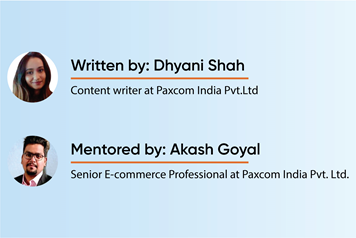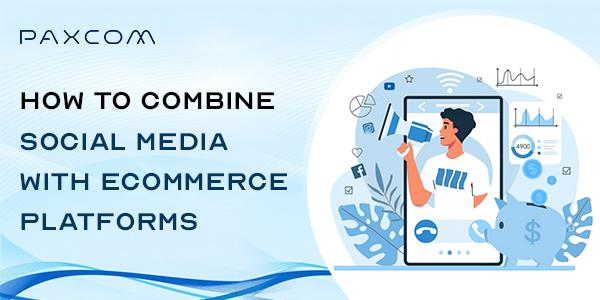Today, social media plays a vital role in our day-to-day lives. These platforms have radically altered consumers’ buying preferences. Think of it, how many times during a day do you find yourself browsing through your social profile unintentionally? It probably happens more often than you think. That is the very reason marketers and business owners are not shying away from owning the classic merger of social media and eCommerce. In this blog, we will be discussing social media integration with eCommerce from various aspects.
While Facebook, Instagram, YouTube, and more are all popular social media platforms, when we look at them through an e-commerce lens, we can see how advertising dominates for the brands wherein through ads, they benefit from customer acquisitions and retarget customers who visited your product but didn’t make the purchase.
You cannot neglect the power of social media if you’re an online seller aspiring to be a bigger fish in the ocean, you cannot neglect the power of social media. Proper channeling of these media platforms can result in a profitable opportunity.

The above statistics indicate that social media has dramatically altered large and small businesses’ shopping and marketing styles. It is crucial to make good use of social media as an online seller, while obviously implementing the right strategies, in order not to miss out on opportunities.
In contrast, social media advertisements can generate traffic right away to your website from the moment your first post/ad goes live, where other channels could take time.
Table of Contents
What are the Best Options to dosocial media integration with ecommerce?
To use social media effectively, you need to figure out which platform merges perfectly with your brands’ goals. In a world where algorithms on social media are continually changing, staying top of mind, earning attention, and promoting your presence-‘Paid, Advertising’ is the solution. Let’s take a closer look.
1. Collaborative Ads on Facebook (CPAS)
Facebook Collaborative Ads is a feature that allows you to link your online and offline presence by connecting your Facebook Page with an e-commerce website. With this method, you can create ads displaying specific products or services that will be displayed on the Facebook platform.
The advantages of collaborative advertising
- Collaboration ads allow you to introduce products to potential customers who are most likely to buy them. In parallel with this, visits to the e-shop or retailer application increase.
- You can also reach more potential leads with Collaborative Ads. That will lead to more sales for you online.
- Measurability of campaigns has other benefits, as you can easily track the performance of ads, such as impressions, clicks, and conversion rate, to evaluate their impact.
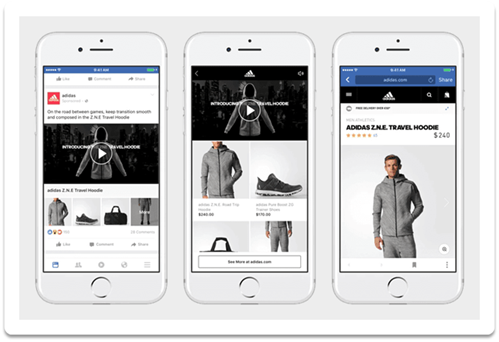
2. Google Shopping Ads
Google Shopping ads are advertisements that appear when consumers are searching for products using Google. Advertisements like these tend to appear at the top of search results; this targeting is for those already in the consideration stage. By signing up for this service, you increase your chances of converting leads, and you can redirect them to your landing page, brand store, or any page of your choice. With the power of the Google search engine, you can connect with billions of users and show them exactly what they’re looking for.
How do Google Shopping Ads differ from Google Ads?
Shopping ads on Google are free, contain images, and Google determines when your ads will appear. A Regular Google Ad consists of text-only and is not free, and you decide which keywords will appear in your ads.
Spending on Google Shopping ads has increased by 38%. Plus, according to Merkle, PLAs are responsible for 65% of all Google ad clicks and for 85% of all retail ad clicks. Thus, it serves as proof that shopping ads, in particular, work well for eCommerce businesses.
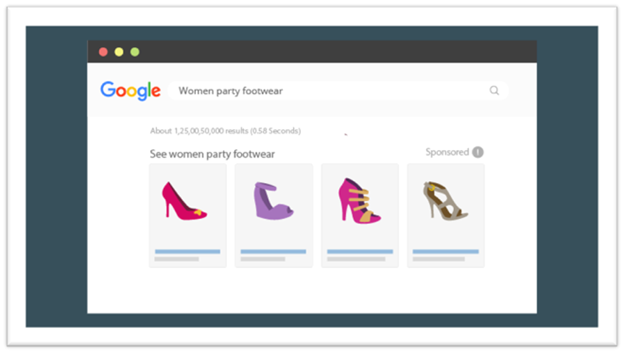
3. Amazon DSP
Amazon DSP is a demand-side platform that enables brands to programmatically reach relevant audiences on Amazon and off, via third-party exchanges.
Amazon has one of the largest databases of customers at all stages of the customer journey across hundreds of product categories. It is possible to improve brand recognition and ROI through the use of this data.
Brands can benefit from using Amazon DSP by leveraging the wealth of data Amazon has to offer and is comparable, in some ways, to Google and Facebook advertising. Brands can effectively drive awareness and consideration using various types of retargeting and data collection methods to reach more people in the buyer’s journey and make them more likely to convert.
Is Amazon DSP beneficial?
- Amazon DSP offers e-commerce advertisers dynamic e-commerce creative and audience targeting to reach shoppers, allowing them to expand their audience, grow brand recognition, and experience strong returns on investment.
- Learn about your brand’s target demographic, purchase frequency, and consideration period from Amazon’s Audience insights. Integrate this data into your Amazon marketing strategy. It will guide bid adjustments and increase the likelihood of winning targeted ad placements and audience segments.
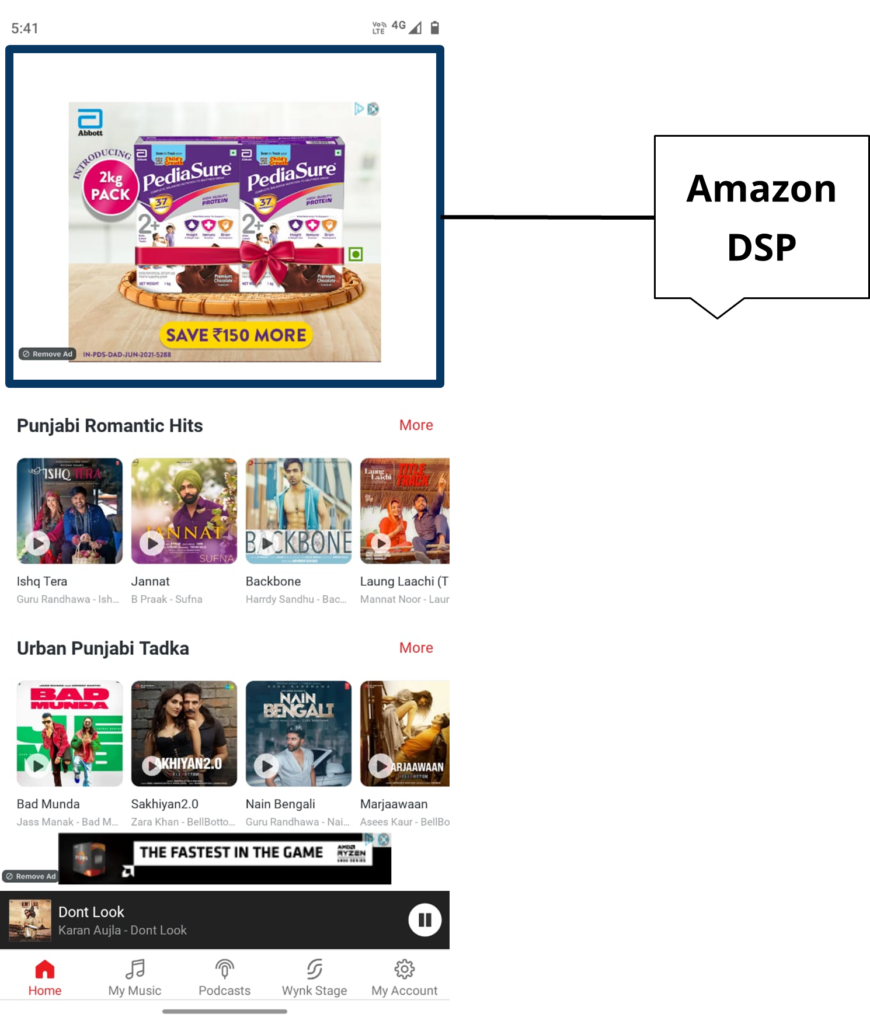
4. Leverage Instagram Shopping
Instagram is a highly visual app; it makes it an appealing way for e-commerce marketers to market products. The app also allows users to tag businesses in their own posts to help them promote relevant products. In addition to its large audience of around 104.7 million users.
With Instagram Shopping (or Shopping on Instagram, as the platform calls it), e-commerce brands can “create an immersive storefront” for users to explore products with a single tap. Brands can link to product descriptions through posts and stories, providing curious visitors with additional information and redirecting them to the product page.
Reel ads and stories ads are also viable options, which allow businesses to reach a broader audience and discover new content from brands and creators. Advertisements appear between individual reels in full-screen and vertical format, similar to ads in Stories.
Similar to regular Reels content, these ads will loop and can be up to 30 seconds long. Stories ad also works in the same manner, the ads will be visible in between the individual stories and can be optimized as per your brands’ objectives.
These ads provide eCommerce brands with a method to redirect the traffic to their eCommerce site/store instead of the Instagram shop.
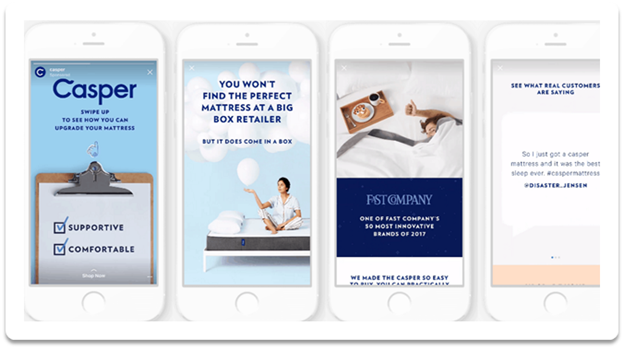
5. Utilize Shoppable YouTube Video Ads
Shoppable YouTube video ads allow you to add external annotations to your videos easily. These annotations will then become clickable and take the user directly to a product page on your website or an eCommerce store, where they can purchase the product.
You can seamlessly shift the user from watching a video to buying the product with just one click. Viewers can access product information and ultimately purchase the products, very quickly this way.

6. Influencer Marketing
Collaborate with a social media influence your audience loves or connects with the most, who can give your product visibility to a wider audience. When an influencer promotes a product, it creates a sense of relatability with the users, which captivates them further to buy the product or at least do research about it.
Some of the ways you can promote your product/brands through valuable partnerships-
- You can ask the influencer to go live and test the product in front of the users and let them share an honest review.
- Do a giveaway contest, wherein the influencer can post a paid partnership post and ask the audience to share about the product and to tag the brand to create hype around the product.
- You can host a QnA session on your brand account and let people ask unfiltered questions, and you offer them the raw answers for all the donuts to build a personal connection.
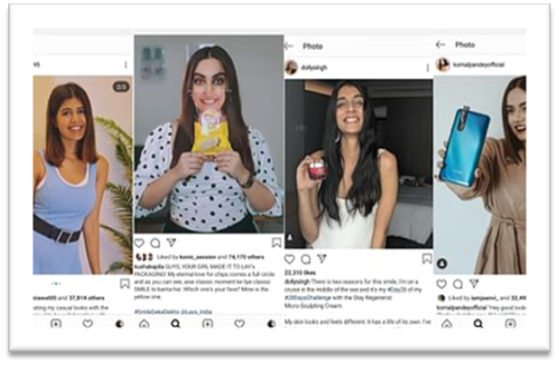
7. Community Targeting
Get your product in front of the right audience. Create a community of people who are interested in what you have to offer even before they know you have it. It’s all about building a relationship and not just a transaction.
Online consumers are willing to spend more when you as a brand share your belief, journey to the audience, they feel the sense of connection more. For instance, as per a report by Nielson, 60% of consumers would pay a premium rate if the brand is sustainable.
To help give you an example of what community targeting is, here is the example: The nursing wear brand ‘AMMA’ uses the hashtag #weareamama to create a sense of community among its customers and followers.
With the hashtag, the community members can share stories and experiences related to their post-birth, their children, and their lives as mothers. Also, they host regular live meet-ups on Instagram, where people can chat with other mothers at similar stages of life.

When you build brand communities, it helps in brand building and also works as social proof for brands. You can also approach them when you are about to launch a new product and share free samples with them because, to be honest, word-of-mouth is still an effective marketing technique.
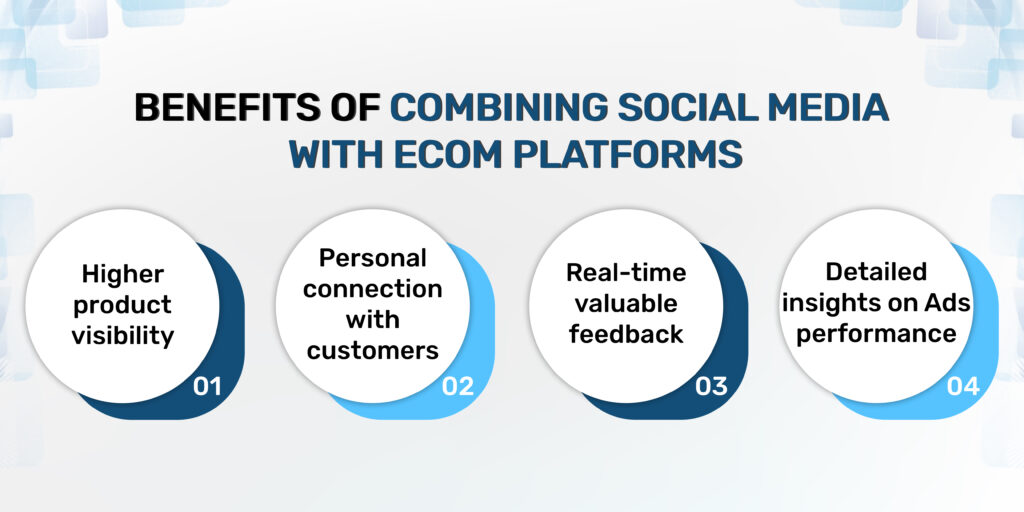
How Can Social Media Help Your Brand?
- When you integrate social commerce into your brand, you are speaking customers’ language since that is where they spend most of their time. It will help you create engagement and connection with your target audience.
- Having your store and presence on social media makes it easy for customers to buy. They see something and buy it. Job done! More dings on a website mean more abandonment of carts or no purchases.
- You will receive real-time feedback from your customers to improve your product and services, they can communicate with you directly.
- Social Media platforms offer detailed insights, and when you run ads, you get performance data in abundance, where you can develop a solid strategy to get the result you want.
Don’t Get Left Behind!
A searcher’s research phase of the purchase cycle is now more important than ever. The integration of social media platforms allows retailers to increase their market share of searchers researching online then buying, whether it’s online or offline. Regardless of your marketing strategy, you need to remember that social media provides another channel to help you build a strong identity.
The importance of leveraging some of these new trends within your marketing campaigns cannot be overstated. If you’re not, your competitors will, and you’re going to be playing catch up. Get started with it! If you need assistance, you can reach out to us at info@paxcom.net.
